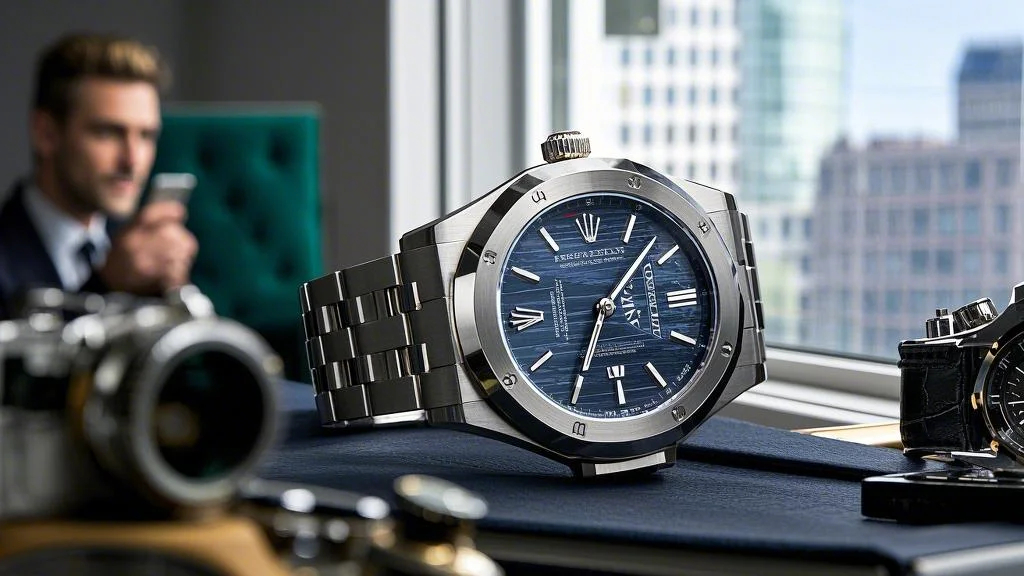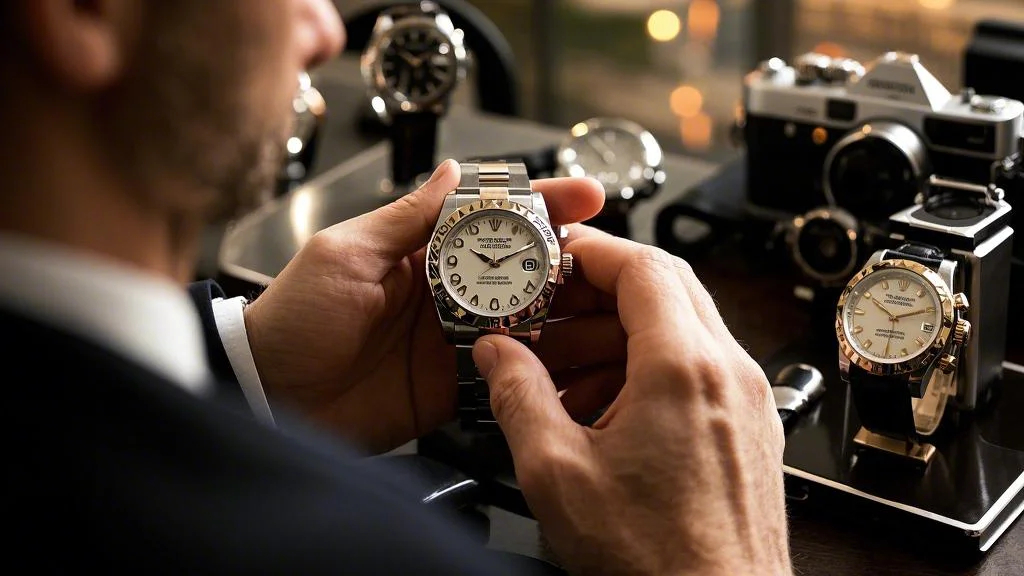Why Fine Art is a Unique Investment Opportunity
Investing in fine art has long been considered a privilege of the wealthy, but with the rise of new platforms and technologies, it’s becoming more accessible to everyday investors. Investing in fine art offers a unique combination of aesthetic enjoyment and financial potential. Unlike traditional investments like stocks or bonds, fine art is a tangible asset that can appreciate significantly over time, especially if you invest in works by renowned artists or emerging talents with high potential. However, the art market can be complex and unpredictable, requiring a deep understanding of trends, provenance, and market dynamics. For beginners, it’s essential to start with thorough research and consider working with experts or platforms that specialize in art investment. By understanding the nuances of investing in fine art, you can build a portfolio that not only grows in value but also brings personal satisfaction.
How to Start Investing in Fine Art
If you’re new to investing in fine art, the first step is to educate yourself about the art market. Start by visiting galleries, museums, and art fairs to develop an eye for quality and style. Familiarize yourself with different art movements, influential artists, and current trends. Next, set a budget and define your investment goals. Are you looking for long-term appreciation, or do you want to support emerging artists with high growth potential? Once you have a clear vision, consider working with an art advisor or using online platforms that connect investors with curated art collections. These platforms often provide detailed information about each piece, including its history, condition, and projected value. By taking a thoughtful and informed approach, you can make your first art investment with confidence.
Alternative Assets Investment: Beyond Fine Art
While investing in fine art is a compelling option, it’s just one category within the broader world of alternative assets investment. Alternative assets include a wide range of non-traditional investments, such as rare coins, vintage cars, luxury watches, and even wine. These assets often have low correlation with traditional financial markets, making them an excellent way to diversify your portfolio and reduce risk. However, like fine art, alternative assets require specialized knowledge and careful evaluation. It’s important to research each asset class, understand its market dynamics, and consider factors like liquidity and storage costs. By exploring alternative assets investment, you can build a diversified portfolio that offers both financial returns and personal enjoyment.

Impact Investing Strategies: Aligning Art with Values
For investors who want to make a positive social or environmental impact, impact investing strategies offer a way to align their investments with their values. In the context of fine art, this could mean supporting artists from underrepresented communities, investing in works that address social issues, or funding projects that promote sustainability. Many art platforms and galleries now focus on impact-driven initiatives, making it easier for investors to find opportunities that resonate with their goals. Additionally, some investors choose to donate a portion of their art collection to museums or charitable organizations, further amplifying their impact. By incorporating impact investing strategies into your art portfolio, you can achieve both financial returns and meaningful social change.
Blockchain-Based Investment Funds: Revolutionizing Art Ownership
One of the most exciting developments in the art world is the rise of blockchain-based investment funds. These funds use blockchain technology to fractionalize ownership of high-value artworks, allowing multiple investors to own a share of a single piece. This approach democratizes access to fine art, making it possible for smaller investors to participate in the market. Blockchain also provides transparency and security, as each transaction is recorded on a decentralized ledger. Some platforms even offer digital tokens that represent ownership, which can be traded on secondary markets. By exploring blockchain-based investment funds, you can tap into the potential of fine art without the need for significant capital or direct ownership.
Metaverse Real Estate Investment: The Digital Frontier
As technology continues to evolve, so do investment opportunities. One of the most intriguing developments is the concept of metaverse real estate investment. The metaverse refers to virtual worlds where users can interact, socialize, and conduct business. In these digital environments, virtual real estate has become a valuable asset, with investors purchasing plots of land to develop virtual stores, entertainment venues, or even art galleries. While this may sound futuristic, the demand for metaverse real estate is growing rapidly, driven by the rise of blockchain technology and non-fungible tokens (NFTs). However, like any emerging market, metaverse real estate investment comes with risks, including regulatory uncertainty and market volatility. By staying informed and approaching this new frontier with caution, you can explore the potential of metaverse real estate as part of a diversified investment strategy.
How to Evaluate Fine Art for Investment Potential
When considering investing in fine art, it’s crucial to evaluate several key factors to determine its potential for appreciation. First, focus on the artist’s reputation and track record. Established artists with a history of strong sales and critical acclaim are generally safer investments, while emerging artists offer higher growth potential but come with greater risk. Next, consider the artwork’s provenance, or history of ownership. Pieces with a well-documented history and prestigious previous owners are often more valuable. The condition of the artwork is also critical; works in excellent condition with minimal restoration are preferred. Finally, stay informed about market trends and seek advice from experts or art advisors. By carefully assessing these factors, you can identify fine art with strong investment potential and minimize the risk of overpaying or purchasing a counterfeit piece.
Common Mistakes to Avoid in Fine Art Investing
Investing in fine art can be highly rewarding, but it’s not without its challenges. One common mistake is failing to conduct thorough due diligence before making a purchase. Without a clear understanding of the artwork’s authenticity, provenance, and market value, you may end up overpaying or buying a fake. Another mistake is neglecting to diversify your art portfolio. Focusing too heavily on a single artist or style can expose you to significant risk if the market for that category declines. Additionally, some investors underestimate the importance of storage and insurance, which are crucial for protecting your investments. To avoid these pitfalls, take the time to research and diversify your portfolio, and consider consulting with experts to ensure your strategy aligns with your goals.
Conclusion
Investing in fine art offers a unique opportunity to combine financial returns with personal passion. By understanding the nuances of the art market and conducting thorough research, you can build a portfolio that aligns with your investment goals. Whether you’re drawn to the timeless appeal of traditional artworks, the innovative potential of blockchain-based investment funds, or the cutting-edge world of metaverse real estate investment, taking a strategic approach can help you achieve long-term success. As with any investment, it’s important to stay informed, seek expert advice, and approach the market with caution. By doing so, you can enjoy the rewards of fine art investing while minimizing the risks.


